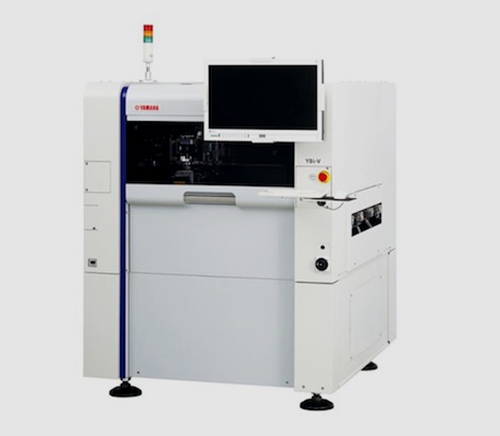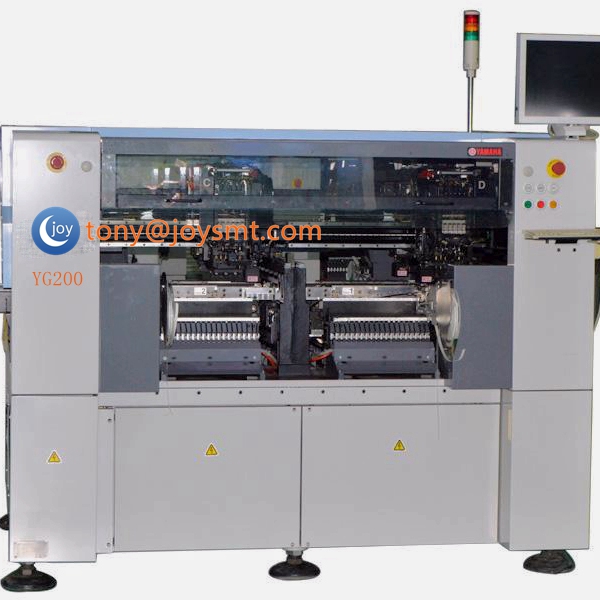
Many companies have seen a major decrease in PCB production expenses by bringing their circuit board prototyping and assembly in-house. Quicker turn-around, better quality control and faster test and implementation of engineering changes are added advantages.
If you are presently outsourcing PCB assembly, your invoices should reveal cost-per-board assembly. In-house production costs can be estimated by totaling costs of materials (raw boards), components and labor. For a truer perspective, utilities and two-year equipment amortization should also be factored in.

The basic technology is not all that complicated. Access this link for a 5-minute presentation on the basics of circuit board assembly. You'll easily grasp the role of each machine in the assembly process.
Just total the combined square footage of all machines, plus figure at least an additional 3 sq. ft. width around the entire perimeter of your assembly line to allow for feeders and operator access. If future equipment purchases are contemplated, it would be wise to also allocate this space at startup.
Our Buyers Guide will be of major help in determining costs of pick and place machine. For stencil printer and reflow oven estimates, we recommend accessing websites of reliable equipment providers, such as www.joysmt.com.

Possibly not, since an existing non-experienced employee or two can be trained to program and operate PCB production equipment. Your equipment vendor should provide onsite training and stay until your people are at ease with his machines.
Once the equipment is installed and operators trained, it should take no more than two or three weeks to be in production. You will need this additional time to acquire bare boards, stencil(s) and component inventory.
Other than price, what criteria should be used for selecting an equipment supplier?